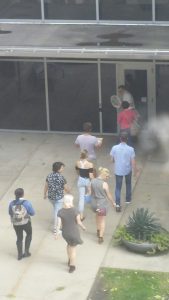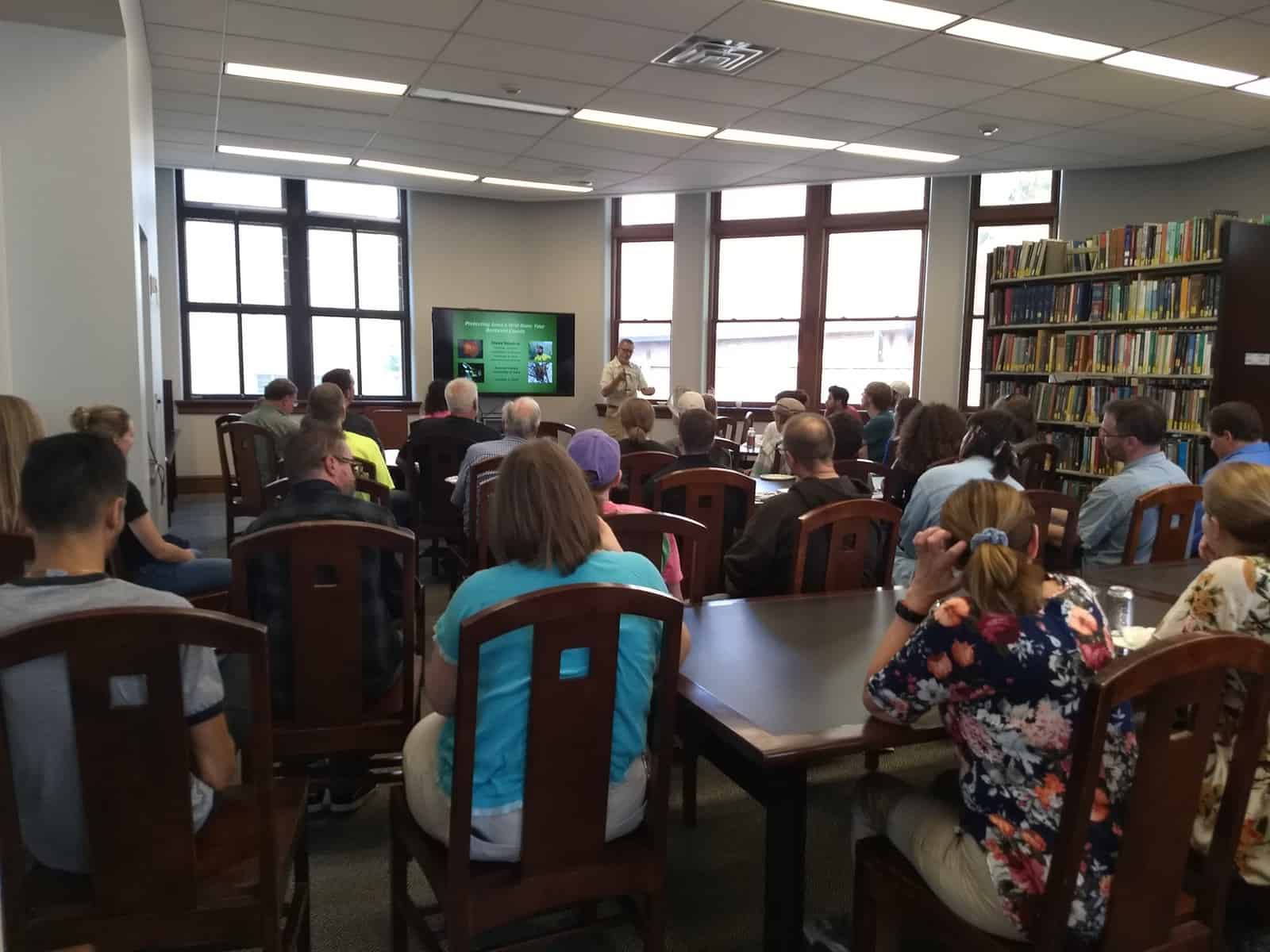In Dr. Hendrix’s talk “Protecting Iowa’s Wild Bees: Your Backyard Counts,” we learned that honey bees are the only type of bees that are social. Most bees are solitary bees! Solitary bees create nests in holes in wood, bamboo, or in the ground. These solitary wild bees are important pollinators of almonds, berries, and other crops. Wild bees are more effective at pollination than honey bees because when wild bees visit flowers, the wild bees typically stay for a longer amount of time compared with honey bees. There are over 300 species of solitary wild bees in Iowa!
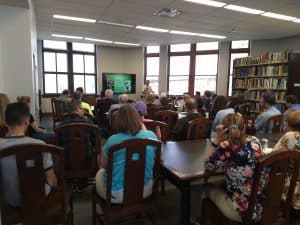
We learned a little about what life is like for bees who live in Iowa City! What spaces have a lot of greenery and flowers? Where are they located? How does the supply for bee foraging compare with demand?
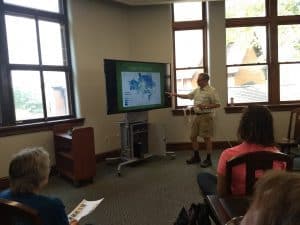
And, finally, we learned what we can do to help bees thrive!
Bees will flock (or buzz?) to native prairie plants, so it helps to plant the following:
- Zizia aurea (golden alexanders)
- Dalea purpurea (purple prairie clover)
- Amorpha canescens (leadplant)
- Ratibida pinnata (grayhead coneflower)
The four plants listed above are known to be exceptional at attracting bees. However, planting any species of native flower will be helpful! Size doesn’t matter—even small gardens and potted plants will help!
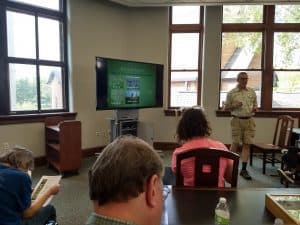
You can create nesting spots for bees, such as this bee house:
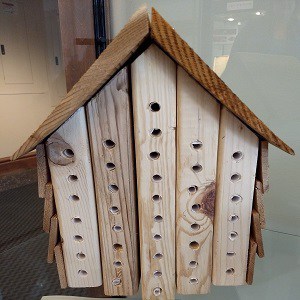
You can reduce your use of lawn chemicals to help bees. You can even let your lawn grow a little longer and take a break from mowing. You can leave stems and be a little less tidy! The bees will like this, and you will too!
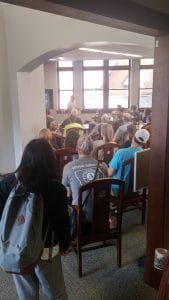
We appreciate everyone who came out to learn about Iowa’s wild bees! Thank you to Dr. Hendrix for sharing the scoop on Iowa’s wild bee population with us!

Goodbye, Dr. Hendrix and biology students!
